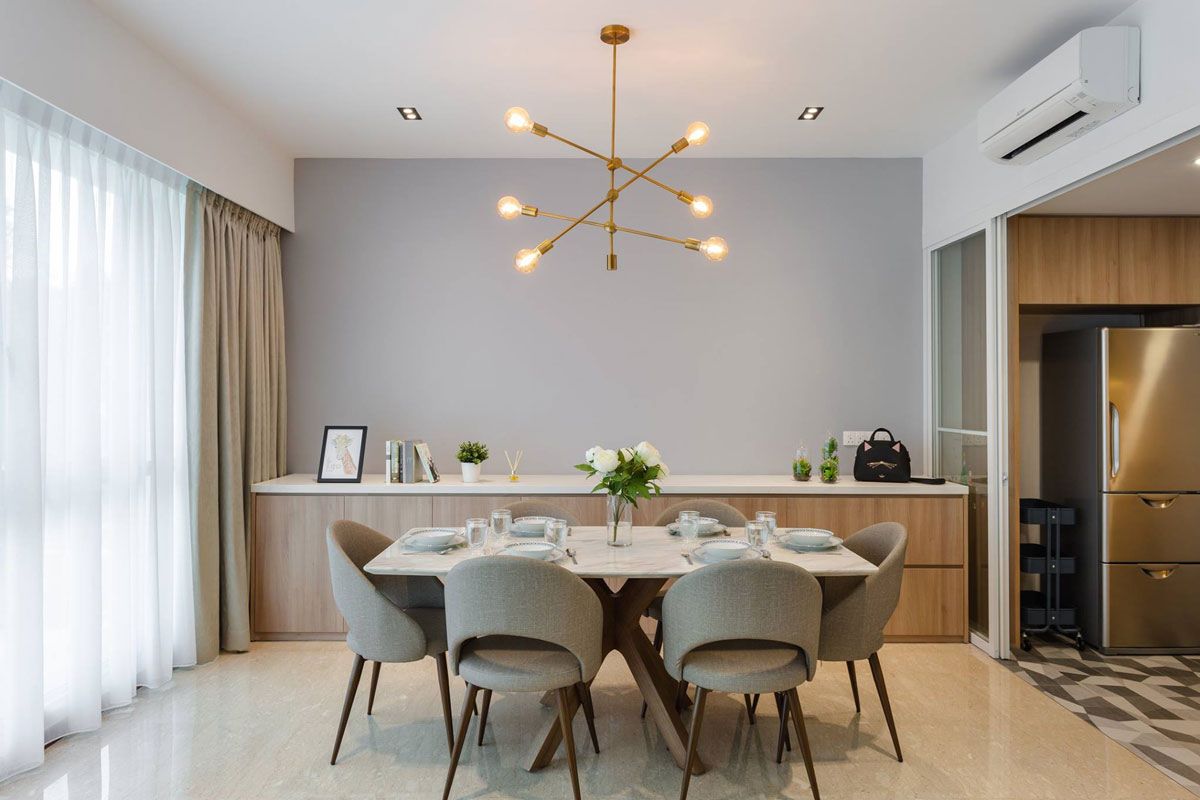

Articles
How Many Lumens For A Dining Room
Modified: August 30, 2024
Discover how many lumens are needed to properly light up your dining room with this informative article. Find the right lighting solution for your space.
(Many of the links in this article redirect to a specific reviewed product. Your purchase of these products through affiliate links helps to generate commission for Storables.com, at no extra cost. Learn more)
Introduction
When it comes to creating the perfect dining room ambiance, lighting plays a crucial role. Adequate and well-designed lighting can transform a dull dining space into a cozy and inviting area, enhancing the overall dining experience. But with so many options available, it can be challenging to determine how much lighting is needed. That is where lumens come into play.
Lumens are a unit of measurement that quantifies the amount of light emitted by a light source. Understanding how many lumens are needed for your dining room is essential for creating the right atmosphere and ensuring that the space is adequately illuminated for all activities, from intimate dinners to lively gatherings.
In this article, we will explore the importance of proper lighting in the dining room and discuss factors to consider when determining the appropriate number of lumens. Furthermore, we will provide recommendations for the ideal lumens based on different dining room sizes and offer tips on choosing the right light fixtures to achieve the perfect ambiance.
So, if you’re ready to shed some light on the topic, let’s dig in and discover how many lumens are required for a dining room!
Key Takeaways:
- Proper lighting in the dining room is crucial for practicality, ambiance, and visual appeal. Consider factors like room size, ceiling height, and natural light to determine the ideal number of lumens for your space.
- Choosing the right light fixtures is essential for creating the desired ambiance and enhancing the aesthetic appeal of your dining room. Consider style, size, dimming capabilities, and energy efficiency when selecting fixtures for a well-balanced lighting scheme.
Read more: How Many Lumens For A Dining Room?
The Importance of Proper Lighting in the Dining Room
The dining room is not just a space where we eat; it is a place where we gather with family and friends to share meals, conversation, and create lasting memories. Therefore, it is crucial to create an inviting atmosphere that sets the mood for enjoyable dining experiences. And this is where proper lighting comes into play.
Proper lighting is essential in the dining room for several reasons. Firstly, it ensures that the dining area is well-lit, allowing for a comfortable and practical space to enjoy meals. Adequate lighting enables diners to see what they are eating and navigate the space without any difficulty. Whether you’re slicing into a steak or pouring a glass of wine, having the right amount of light can significantly enhance your dining experience.
Secondly, lighting has a significant impact on the ambiance and mood of the dining room. Different lighting options can create various atmospheres, from intimate and romantic to bright and vibrant. By carefully choosing your lighting fixtures and adjusting the brightness, you can customize the ambiance of your dining room to match the occasion and create an inviting and comfortable environment.
Furthermore, proper lighting in the dining room can also enhance the visual appeal of the space. A well-lit dining area can highlight the architecture, artwork, and decor, making them stand out and become focal points for guests. The right lighting can accentuate the beauty of your dining room, making it an aesthetically pleasing place to gather and enjoy meals.
Lastly, well-designed lighting in the dining room can elevate the overall interior design and create a sense of cohesion. Whether you have a minimalist, modern, or traditional dining room, choosing the right light fixtures that complement your style can tie the entire room together and enhance its overall aesthetic appeal.
Overall, proper lighting is crucial in the dining room as it ensures practicality, sets the mood, enhances visual appeal, and complements the overall design. So, if you want to create a dining space that is not only functional but also visually appealing and inviting, paying attention to the lighting is essential.
Factors to Consider When Determining Lumens for a Dining Room
When determining the appropriate number of lumens for your dining room, several factors should be taken into account. By considering these factors, you can ensure that the lighting in your dining area is optimized for both functionality and atmosphere. Here are some essential factors to consider:
1. Room Size – The size of your dining room is a crucial factor in determining the number of lumens needed. A larger room will require more lumens to adequately illuminate the space, while a smaller room may require fewer lumens. It is recommended to calculate the square footage of your dining room to have a better understanding of the lighting requirements.
2. Ceiling Height – The height of your dining room ceiling will also affect the lighting needs. Higher ceilings may require fixtures with higher lumen output to ensure proper illumination throughout the space. Conversely, lower ceilings may require fixtures with a lower lumen output to avoid overpowering the room with excessive brightness.
3. Natural Light – Take into account the amount of natural light that enters your dining room. If your dining area receives ample natural light during the day, you may need fewer lumens from artificial lighting sources. However, if your dining space lacks natural light, you will need to compensate with higher lumen fixtures to achieve adequate brightness.
4. Wall Colors and Reflectivity – The color of your dining room walls and surrounding surfaces can affect the amount of light reflected in the space. Lighter-colored walls tend to reflect more light, making the room appear brighter. Conversely, darker-colored walls absorb more light, requiring higher lumen fixtures to achieve desired brightness levels.
5. Task Lighting Requirements – Consider whether your dining room has specific areas that require additional focus lighting, such as a buffet table or a bar area. These areas may need additional lumens to ensure proper visibility for specific tasks.
6. Personal Preference and Ambiance – Lastly, consider your personal preference and the desired ambiance for your dining room. Some individuals prefer a brighter, well-lit space, while others prefer a more intimate and cozy atmosphere. Keep in mind that the number of lumens you choose will ultimately depend on the ambiance you want to create.
By carefully considering these factors, you can determine the appropriate number of lumens needed for your dining room. It’s important to strike a balance between functionality and ambiance to create an inviting and well-lit dining space that meets all your lighting needs.
Recommended Lumens for Different Dining Room Sizes
When it comes to determining the recommended number of lumens for your dining room, there is no one-size-fits-all answer. The ideal lumen range will vary based on the size of your dining room and the desired level of brightness. However, here are some general guidelines to consider:
1. Small Dining Room (less than 100 square feet):
– For a small dining area, aim for a lumen range of 1,000 to 1,500 lumens.
– This range will provide sufficient lighting for functional tasks while maintaining a cozy ambiance.
2. Medium Dining Room (100-200 square feet):
– For a medium-sized dining room, aim for a lumen range of 1,500 to 3,000 lumens.
– This range offers a balance between functionality and ambiance, providing adequate lighting for dining and socializing.
3. Large Dining Room (200+ square feet):
– For a large dining room, aim for a lumen range of 3,000 to 6,000 lumens or more.
– This higher range is necessary to properly illuminate the larger space and create a bright and inviting atmosphere.
Keep in mind that these are general recommendations, and your specific lighting needs may vary based on factors such as ceiling height, natural light availability, and personal preference. Additionally, it’s worth noting that different lighting fixtures will have varying lumen outputs. So, when choosing your light fixtures, consider their lumen output and adjust accordingly to achieve the recommended range for your dining room size.
To create a well-balanced lighting scheme, consider layering different types of light fixtures. This can include overhead fixtures such as chandeliers or pendant lights for general lighting, wall sconces or recessed lights for accent lighting, and table lamps or candles for additional ambiance. By combining these sources, you can create a versatile and visually appealing dining room with the appropriate amount of lumens to suit your needs.
Remember, the goal is to strike a balance between functionality and ambiance. By choosing the right number of lumens for your dining room size, you can ensure that the space is adequately illuminated for dining activities while creating a warm and inviting atmosphere for enjoyable meals and gatherings.
When choosing the right lumens for your dining room, aim for around 300-400 lumens per square meter for a well-lit and inviting atmosphere. Consider using dimmable lights to adjust the brightness for different occasions.
Choosing the Right Light Fixtures for Your Dining Room
Selecting the right light fixtures for your dining room is essential to create the desired ambiance and enhance the overall aesthetic appeal of the space. Here are some factors to consider when choosing the perfect light fixtures:
1. Style and Design – Consider the style and design of your dining room. Are you aiming for a modern, traditional, or eclectic look? Choose light fixtures that complement the overall design theme of your dining room. For example, a sleek and minimalist pendant light can be a great choice for a contemporary dining room, while a crystal chandelier can add a touch of elegance to a more traditional setting.
2. Size and Scale – Consider the size and scale of your dining room when selecting light fixtures. A larger dining table would call for a larger fixture that can adequately illuminate the space. Ensure that the size and height of the light fixture are proportionate to the table and the room. As a general guideline, the diameter of a chandelier or pendant light should be approximately half or two-thirds of the width of the table.
3. Placement and Number – Consider the placement and number of light fixtures in your dining room. A single central fixture may suffice for smaller dining areas, while larger rooms may benefit from multiple light sources. If you have a rectangular table, consider installing linear-shaped fixtures to provide even lighting throughout the table surface. Additionally, wall sconces or buffet lamps can be used as supplementary lighting to enhance the overall ambiance.
4. Dimming Capability – Opt for light fixtures that offer dimming capabilities. Being able to adjust the brightness level of your dining room lighting can create a versatile ambiance suitable for different occasions. Dimmers allow you to set the mood, whether you want bright lighting for a festive gathering or soft lighting for a romantic dinner.
5. Energy Efficiency – Consider energy-efficient light fixtures to save energy and reduce your carbon footprint. LED bulbs are a popular choice due to their longevity and lower energy consumption compared to traditional incandescent bulbs. Look for light fixtures that are compatible with LED bulbs, ensuring long-term cost savings and environmental benefits.
6. Maintenance and Cleaning – Consider the practicality of cleaning and maintenance when choosing light fixtures. Hanging fixtures such as chandeliers may require regular dusting and occasional cleaning. Ensure that the design allows for easy access to clean and replace bulbs when needed.
By considering these factors, you can choose light fixtures that not only provide adequate illumination but also complement the style and design of your dining room. The right light fixtures will help create an inviting and visually appealing space, enhancing the dining experience for you and your guests.
Read more: How Many Lumens For Laundry Room
Tips for Achieving the Perfect Lighting Ambience in Your Dining Room
Creating the perfect lighting ambience in your dining room can elevate the overall dining experience and set the mood for memorable meals and gatherings. Here are some tips to help you achieve the desired lighting ambience:
1. Layer Your Lighting: Incorporate different layers of lighting to create depth and dimension in your dining room. This can include a combination of ambient lighting (general lighting), task lighting (for specific activities like reading a menu), and accent lighting (to highlight artwork or architectural features). By layering your lighting, you can achieve a well-balanced and visually appealing ambience.
2. Install Dimmer Switches: Dimmer switches are an excellent addition to your dining room lighting setup. They allow you to adjust the brightness levels, giving you control over the ambience. Dimming the lights can create a warm and intimate atmosphere for romantic dinners or dial up the brightness for lively and energetic gatherings. Make sure to choose dimmable light fixtures and compatible bulbs.
3. Consider Color Temperature: The color temperature of your light bulbs can greatly influence the mood in your dining room. Warm white (2700-3000K) bulbs create a cozy and inviting atmosphere, while cool white (4000-5000K) bulbs provide a brighter and more vibrant feel. Choose a color temperature that aligns with the desired ambiance and complements the overall design of your dining room.
4. Use Lighting Fixtures as Decorative Elements: Light fixtures not only provide illumination but can also serve as decorative focal points in your dining room. Consider incorporating statement chandeliers, pendant lights, or wall sconces that not only provide ample light but also enhance the aesthetic appeal of the space. Choose fixtures that complement the style and design of your dining room.
5. Adjust Lighting for Different Occasions: Your dining room serves various purposes, from intimate dinners to lively parties. Vary the lighting levels and intensity based on the occasion. Soft, low-level lighting can create an intimate and cozy ambiance, while brighter, well-distributed lighting is ideal for larger gatherings. Be mindful of the activities taking place and adjust the lighting accordingly.
6. Utilize Natural Light: Take advantage of natural light during the day to enhance the overall lighting ambience in your dining room. Keep windows uncovered or use sheer curtains to allow natural light to flood the space. Natural light creates a refreshing and inviting atmosphere and can reduce the reliance on artificial lighting.
7. Experiment with Light Placement: Play around with the placement of your light fixtures to achieve the desired lighting effects. Experiment with different angles and heights to highlight specific areas of the dining room, such as the dining table or a beautiful artwork. Adjustable track lighting or wall-mounted fixtures can provide flexibility for directing light where it’s needed most.
8. Regularly Maintain Your Lighting Fixtures: Keep your light fixtures clean and in good working condition. Regularly dust and clean chandeliers, pendant lights, and other fixtures to maintain their shine and maximize their effectiveness. Replace any bulbs that are burnt out or dim to ensure consistent lighting throughout the dining room.
By implementing these tips, you can create the perfect lighting ambience in your dining room. Remember, the goal is to have a well-balanced and versatile lighting setup that allows you to adjust the atmosphere to suit different occasions and create a welcoming and enjoyable dining experience for all.
Conclusion
In conclusion, proper lighting is essential for creating the perfect dining room ambiance. Knowing how many lumens are needed and selecting the right light fixtures can significantly enhance the overall dining experience. By considering factors such as room size, ceiling height, natural light, and personal preferences, you can determine the appropriate number of lumens for your dining room.
Remember that the recommended lumens for different dining room sizes provide a general guideline, and adjustments may be needed based on specific factors unique to your space. Additionally, choosing light fixtures that align with the style and design of your dining room is crucial for achieving a cohesive and visually appealing look.
Layering your lighting, incorporating dimmer switches, and considering the color temperature of your bulbs can help create a versatile and inviting ambience that can be adjusted for different occasions. Utilizing natural light, experimenting with light placement, and maintaining your fixtures regularly are additional strategies that can enhance the overall lighting experience in your dining room.
By paying attention to proper lighting and creating the desired ambiance, you can transform your dining room into a welcoming space where meals become more enjoyable and memories are made.
So, whether you’re planning a romantic dinner for two, hosting a dinner party, or simply sitting down for a family meal, take the time to consider the importance of lighting in your dining room. With the right lumens and carefully selected light fixtures, you can create a dining space that not only looks stunning but also provides the perfect lighting ambience for any occasion.
Frequently Asked Questions about How Many Lumens For A Dining Room
Was this page helpful?
At Storables.com, we guarantee accurate and reliable information. Our content, validated by Expert Board Contributors, is crafted following stringent Editorial Policies. We're committed to providing you with well-researched, expert-backed insights for all your informational needs.
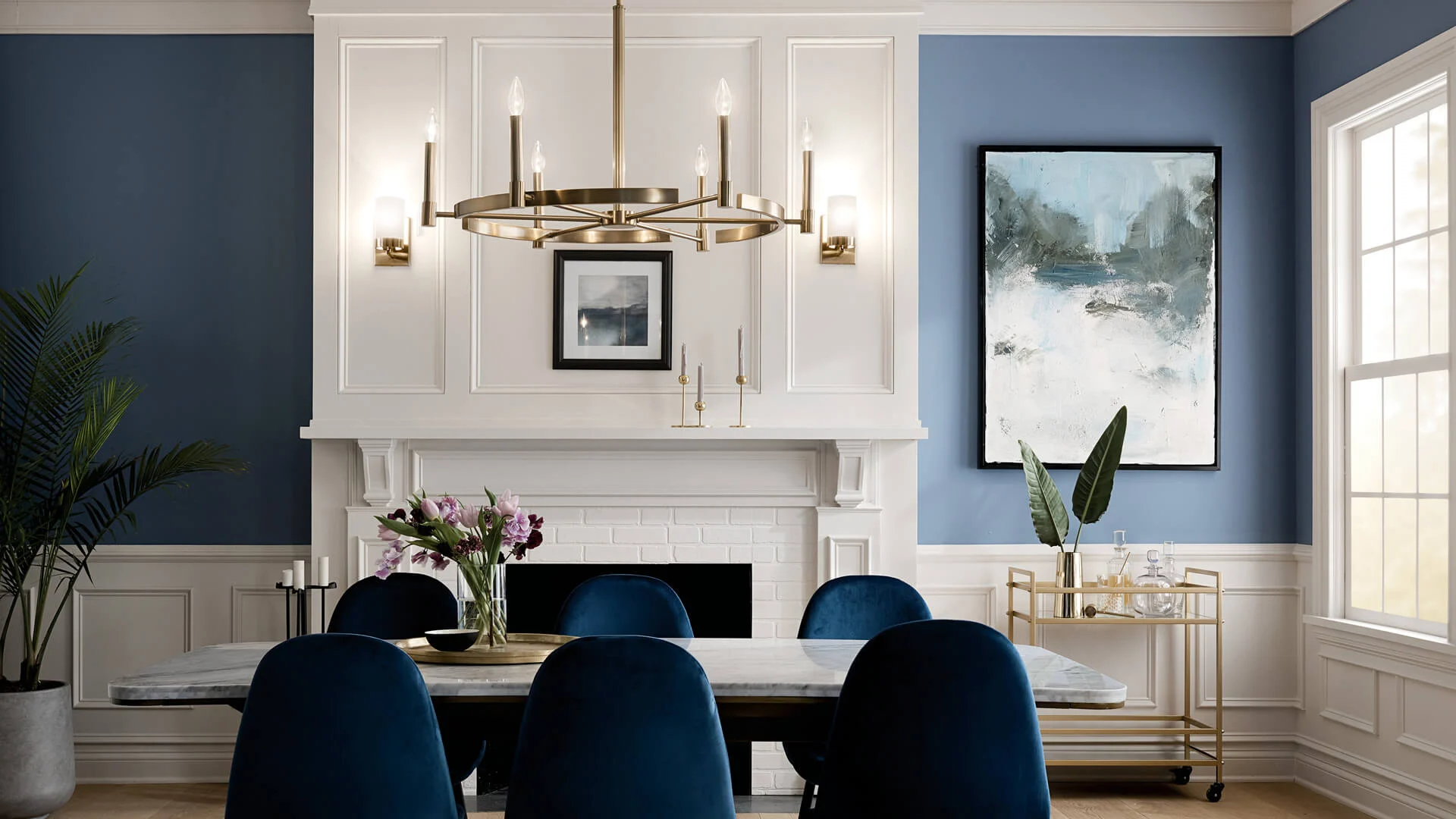

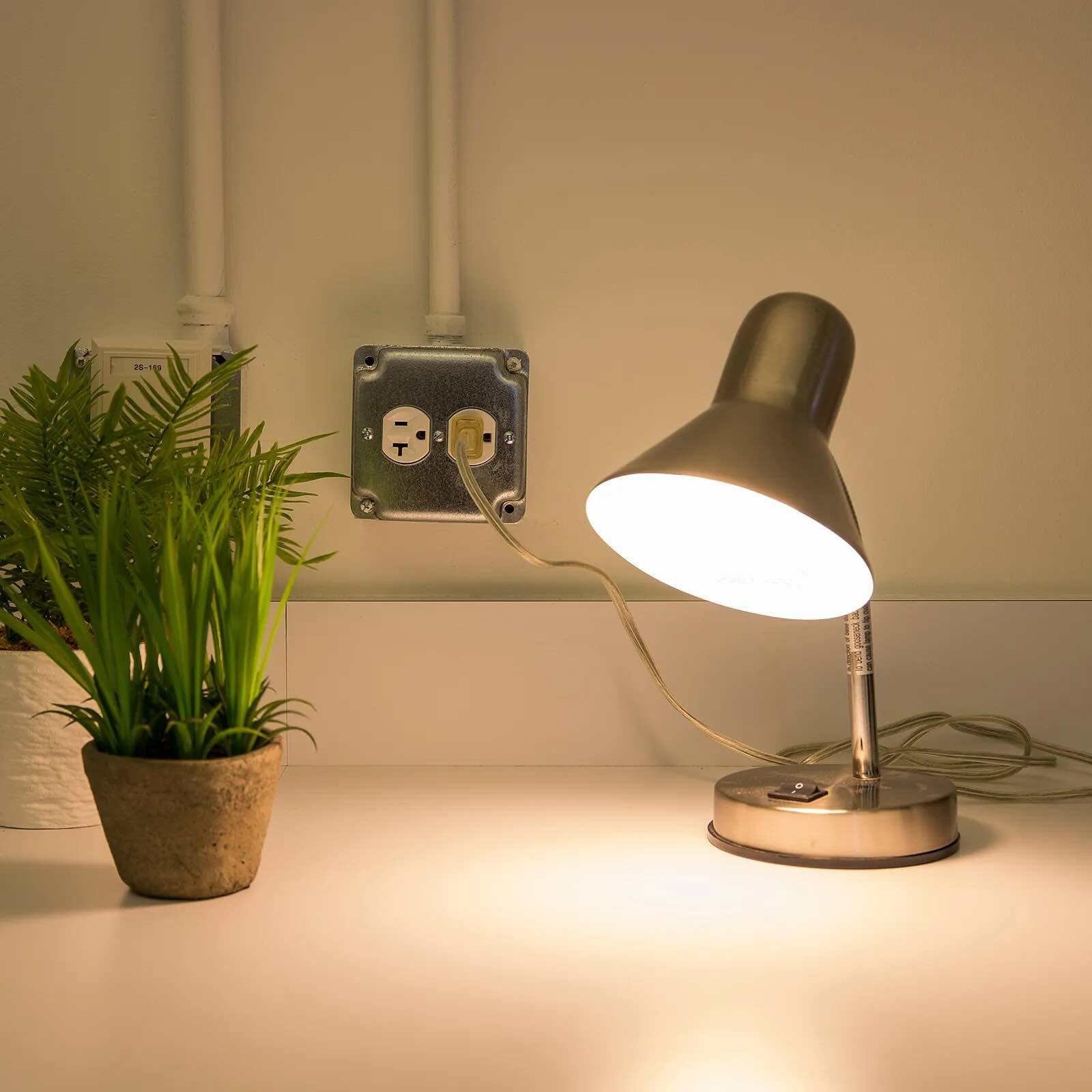
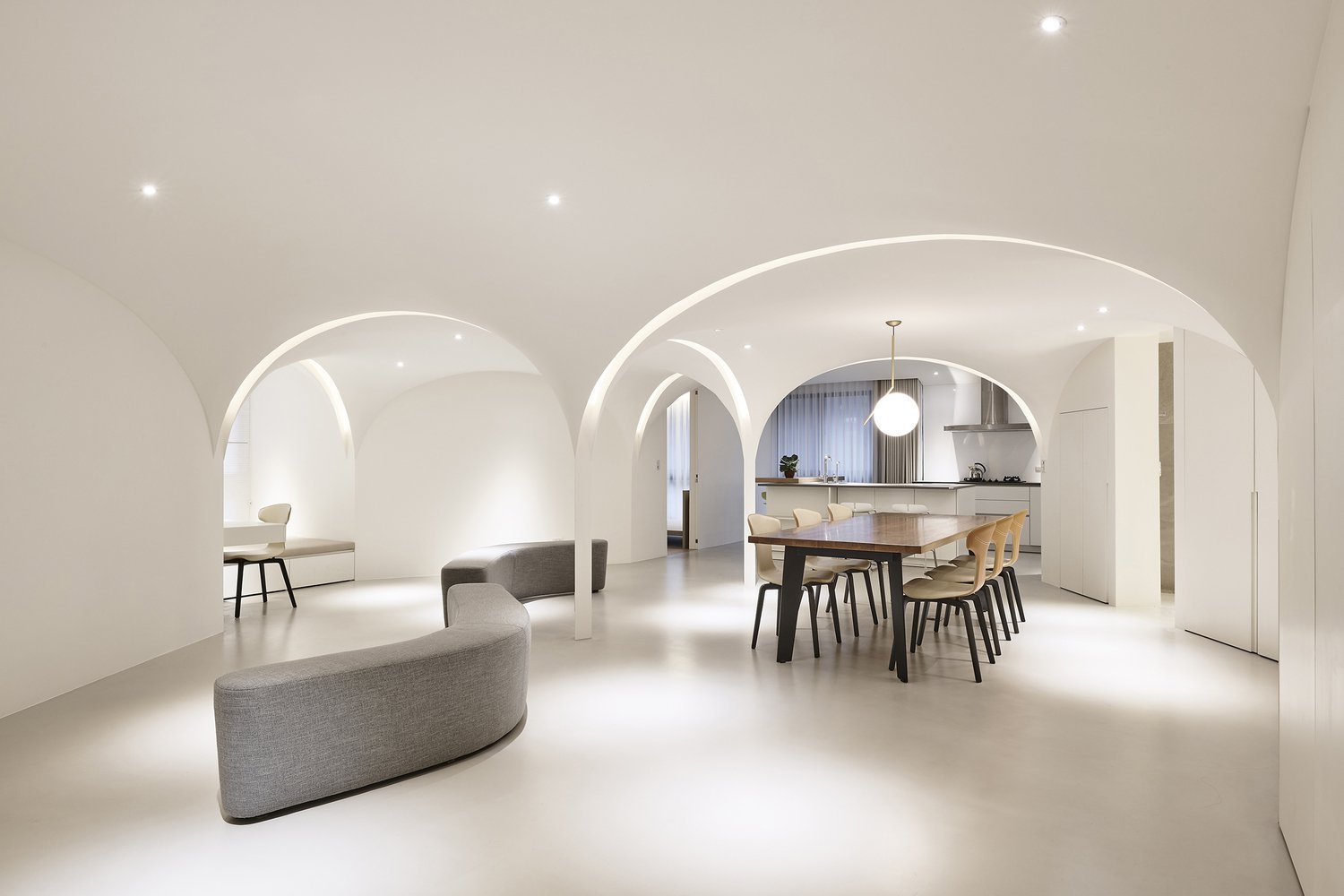

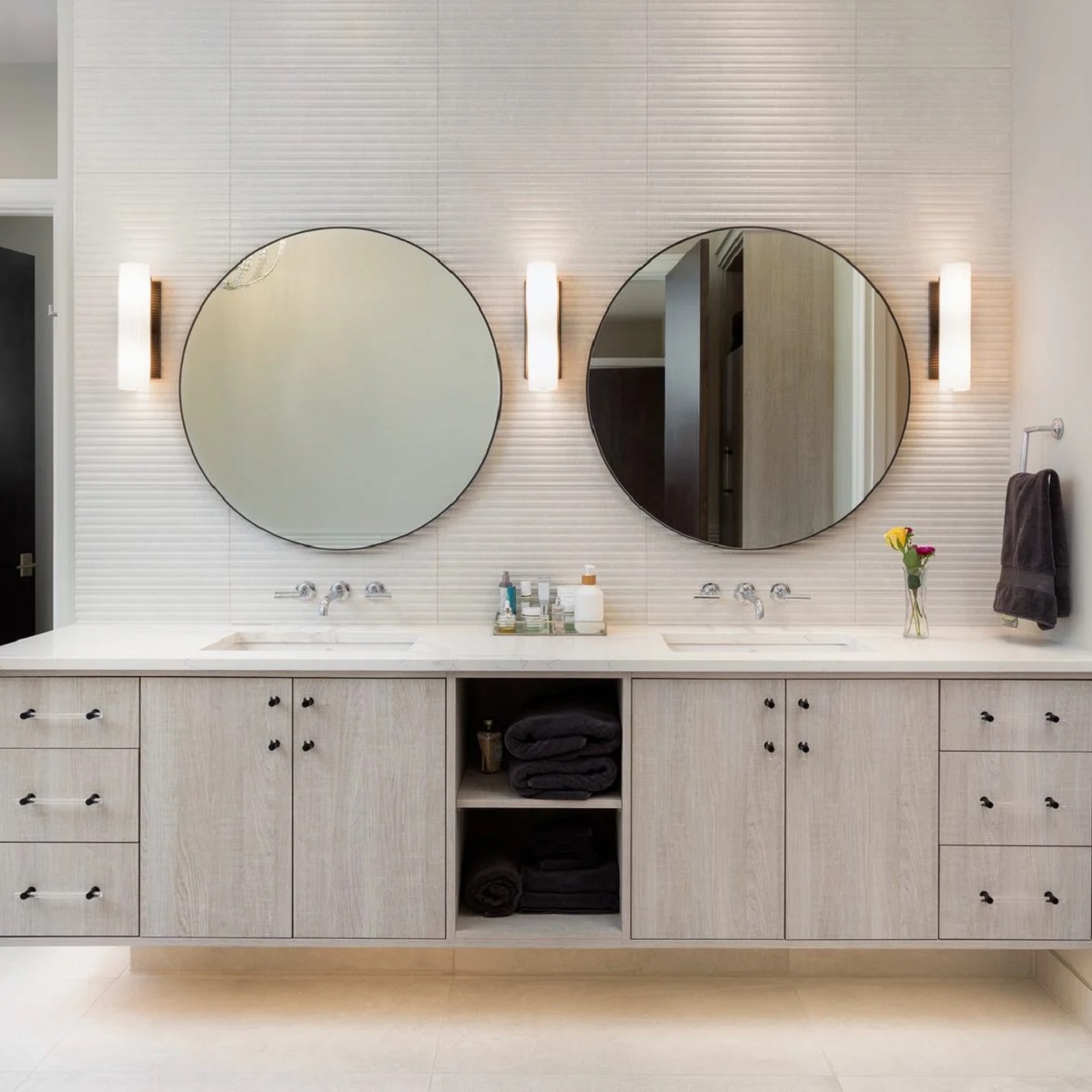
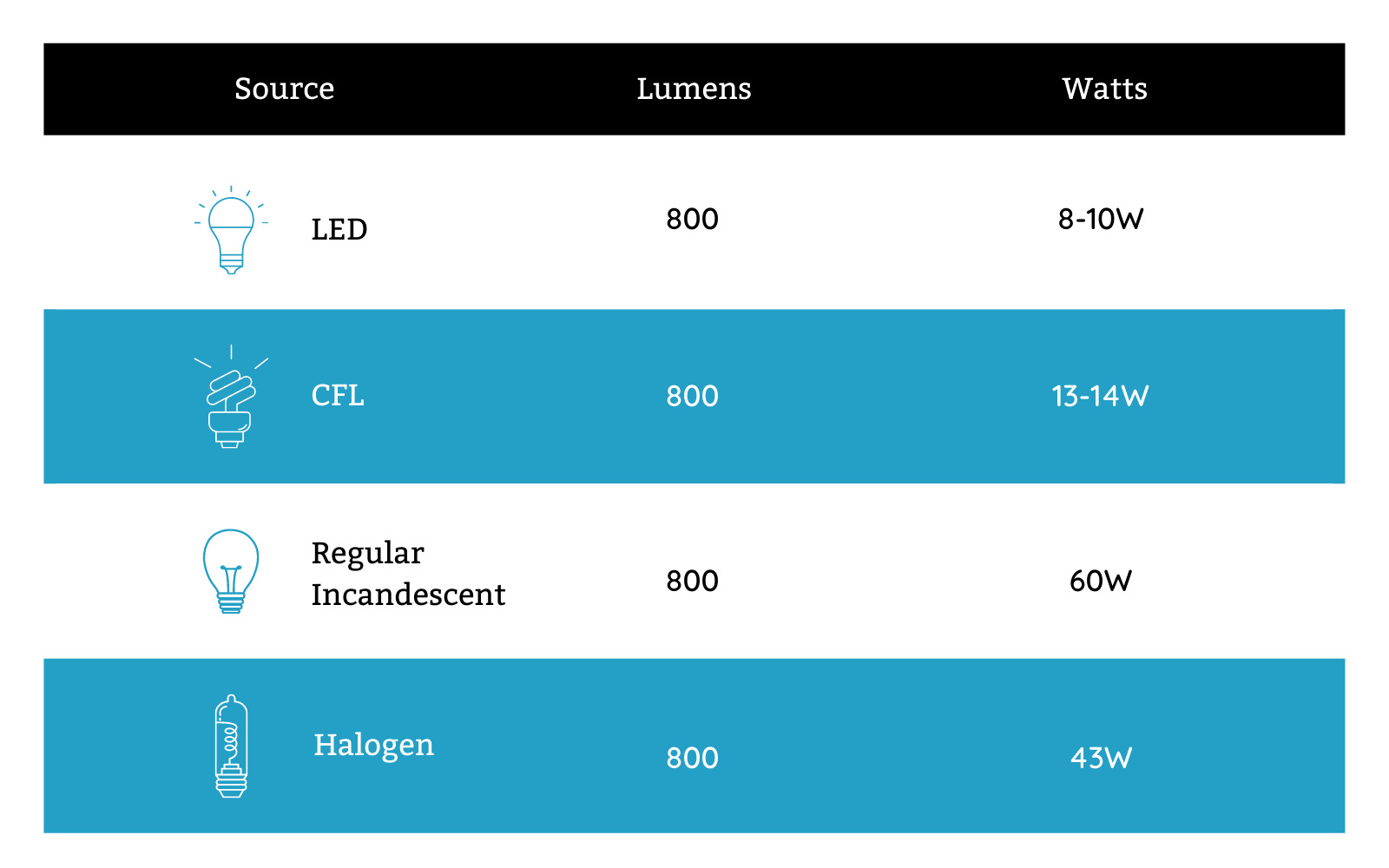
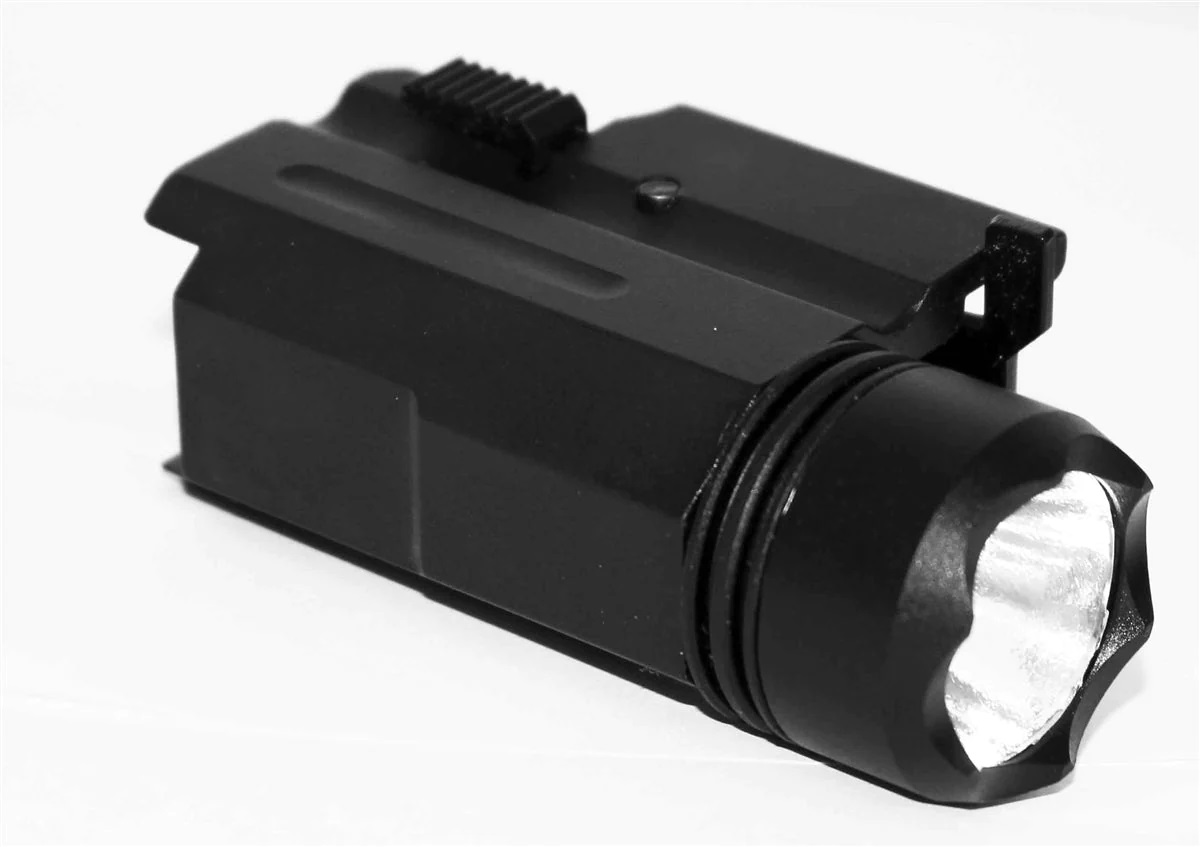
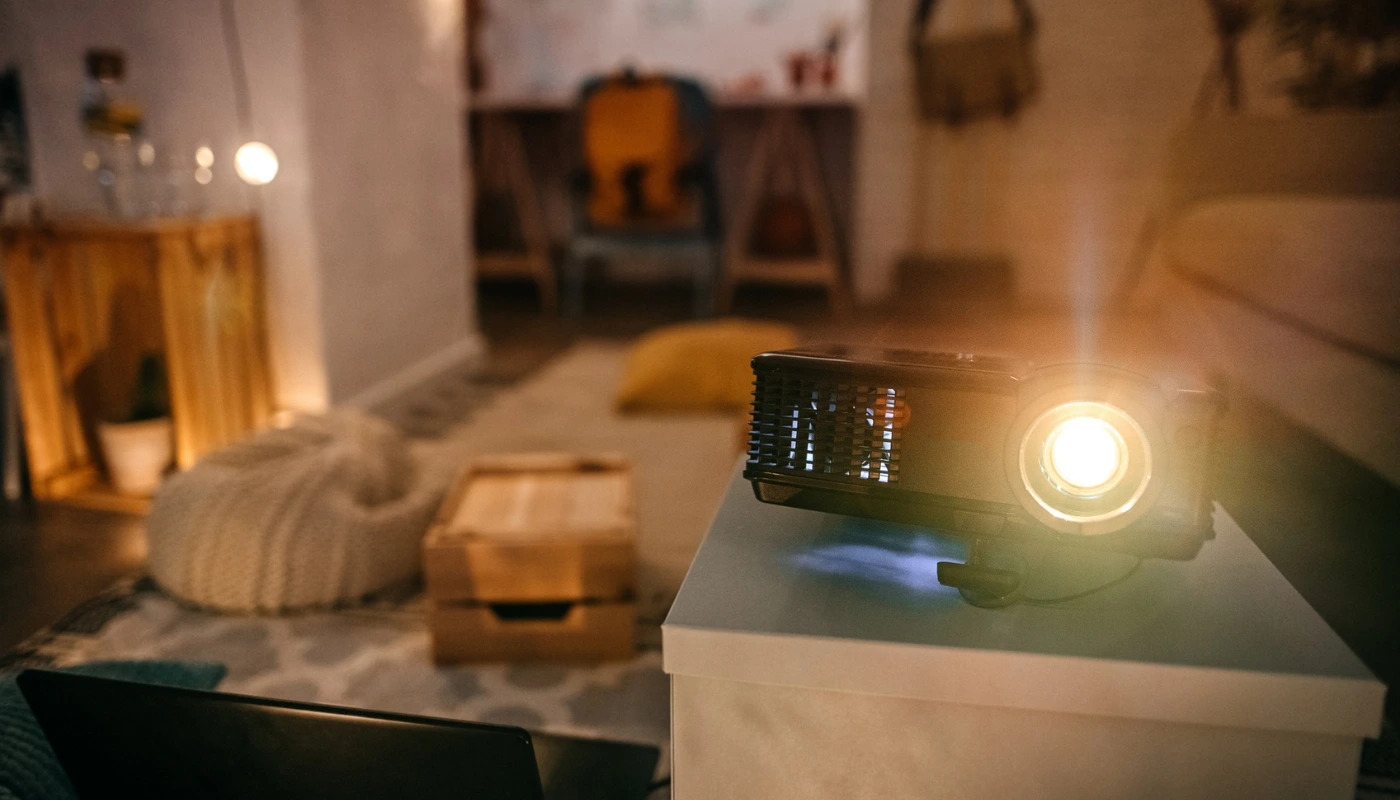
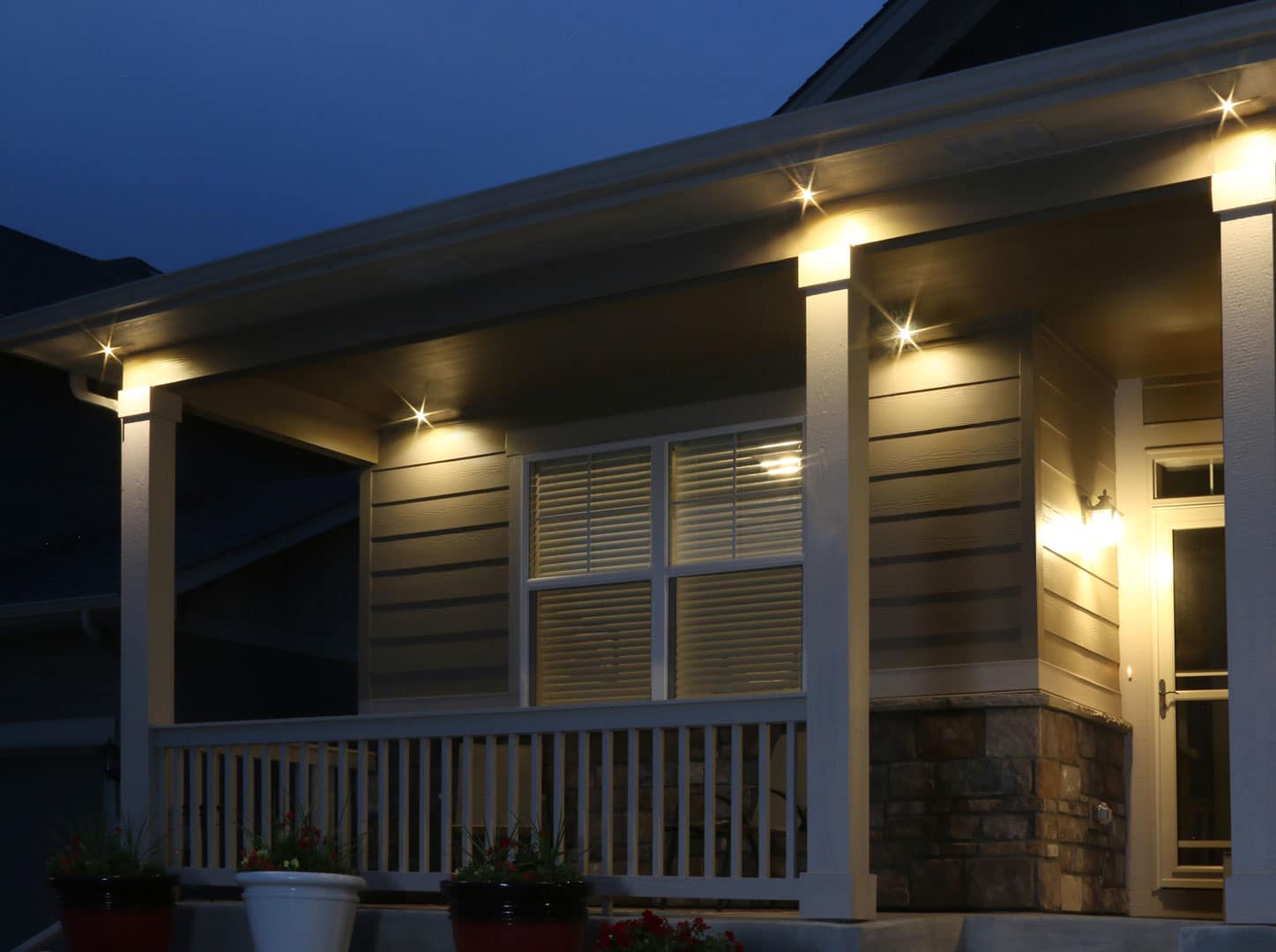
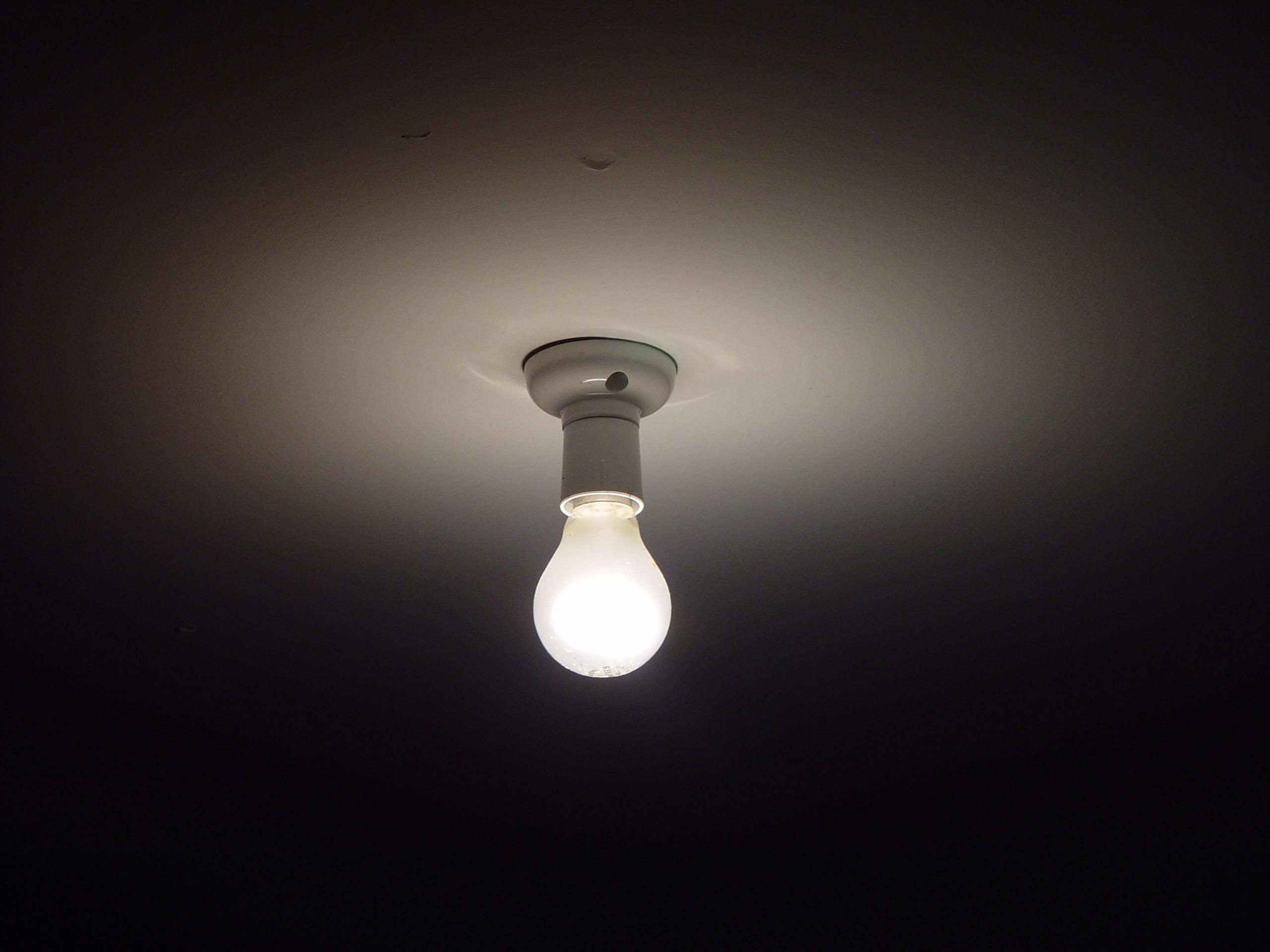
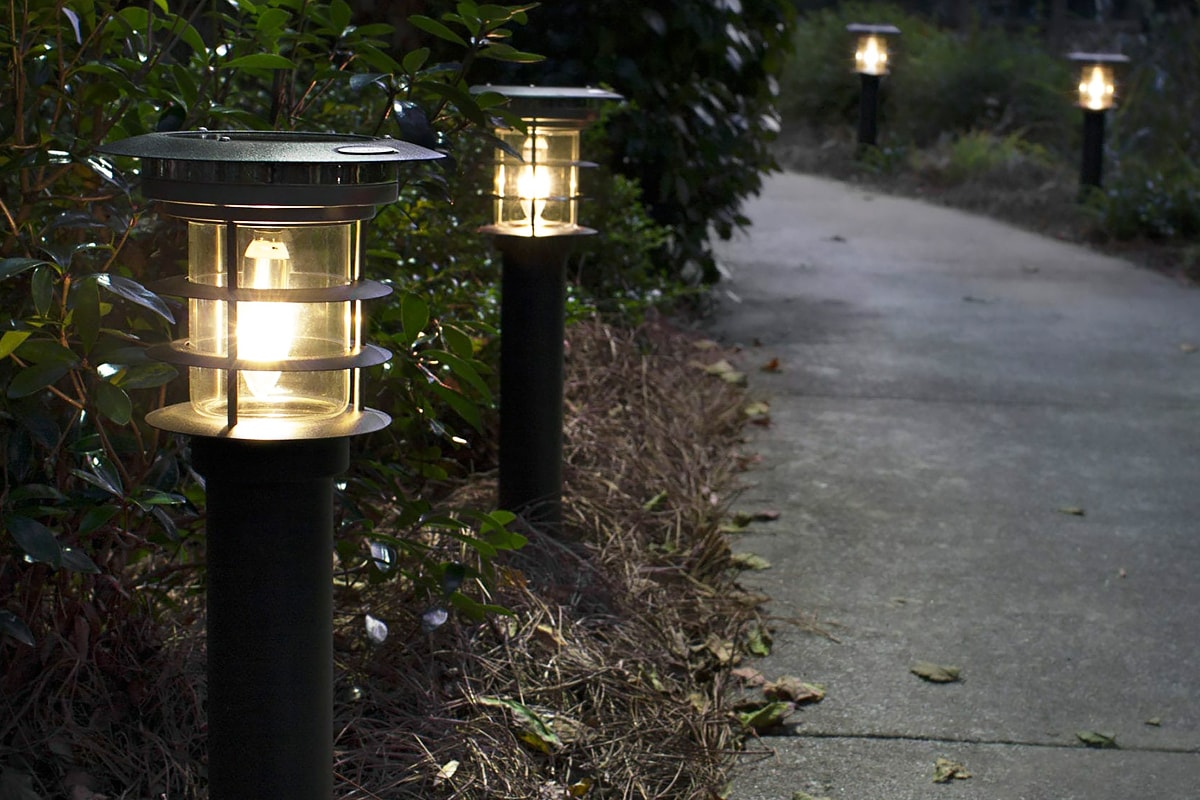
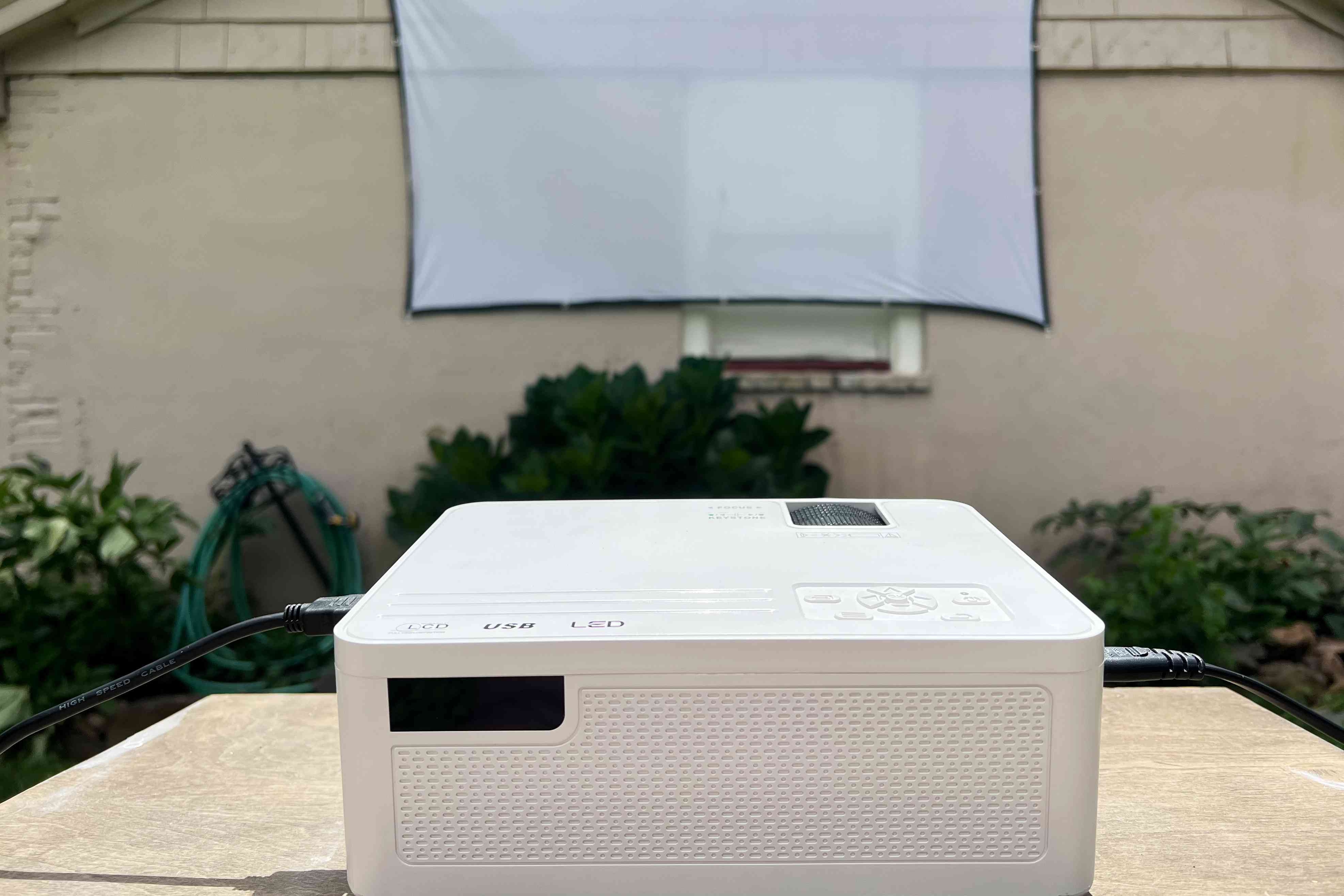
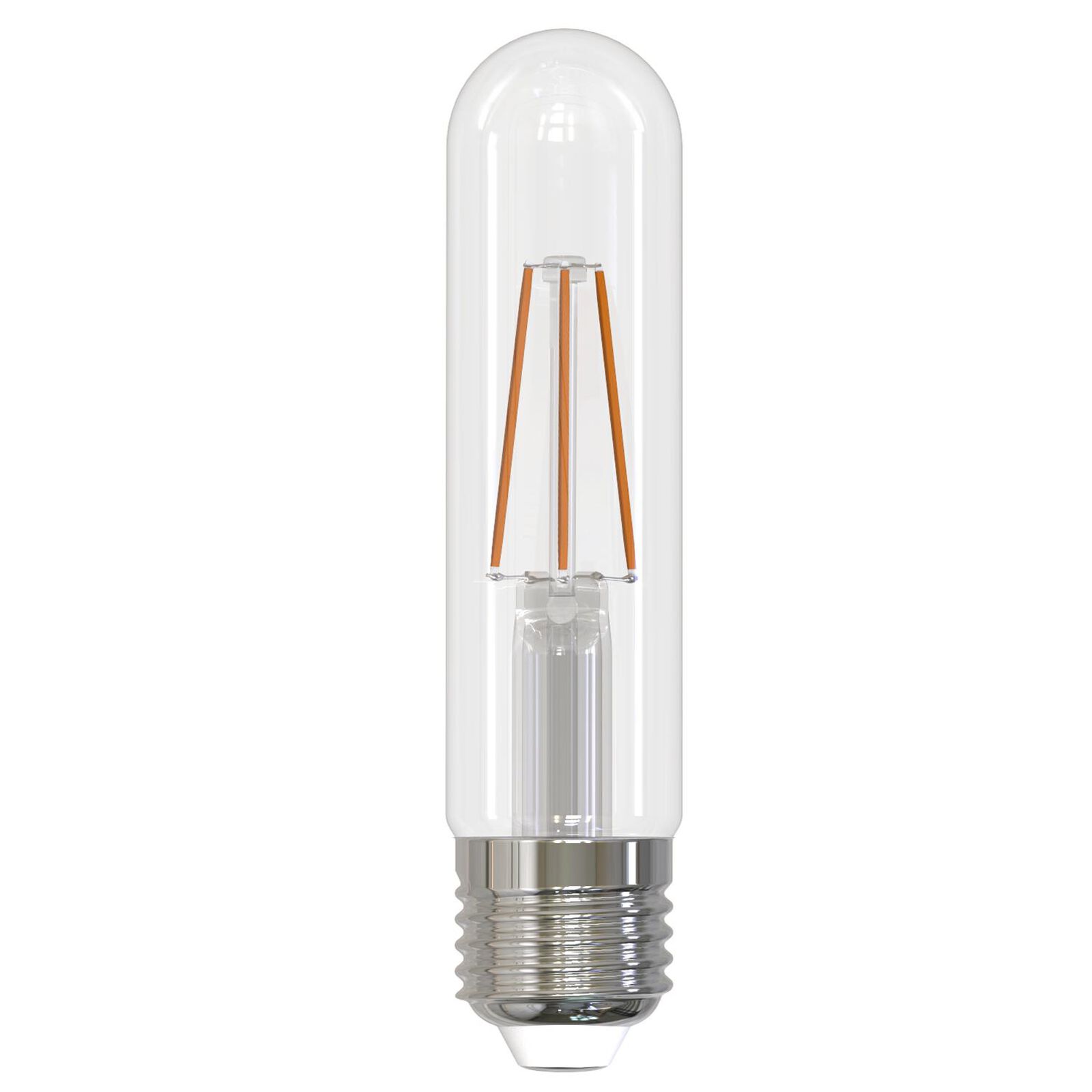

0 thoughts on “How Many Lumens For A Dining Room”